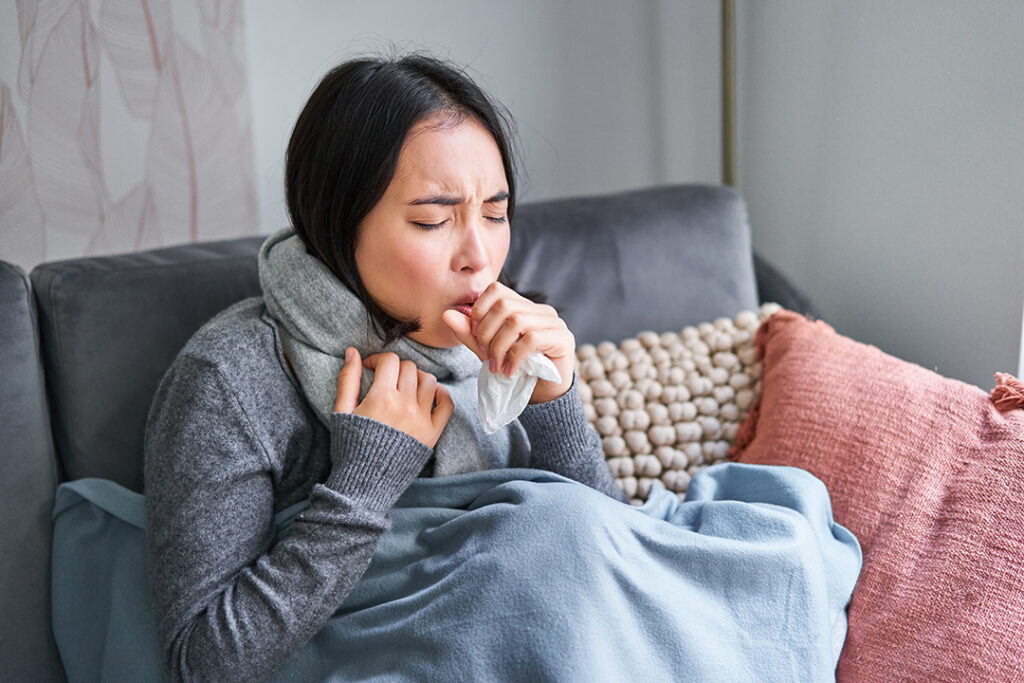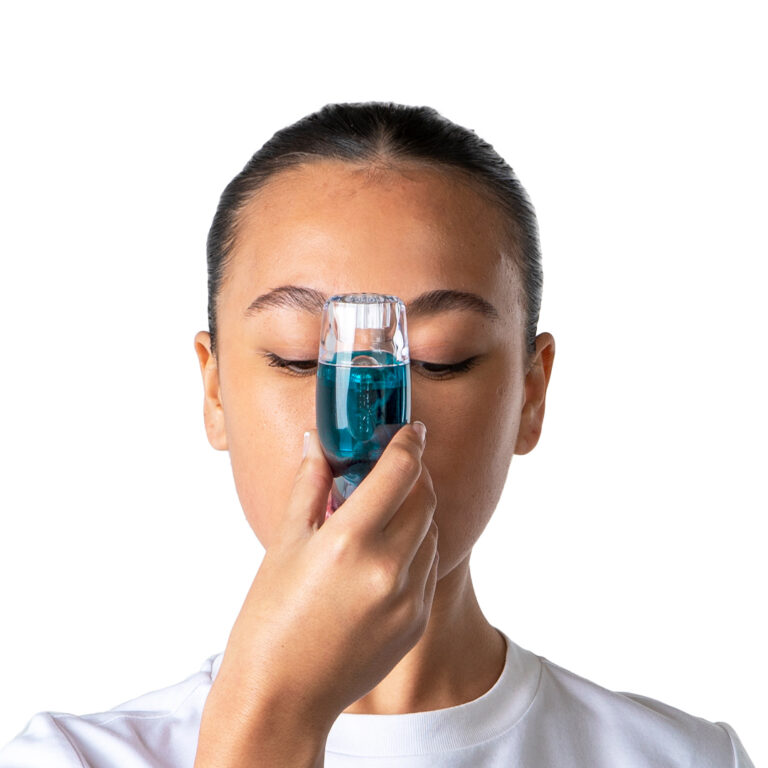The Mystery of How Eating Causes Asthma Attacks
How Can Eating Something Cause an Asthma Attack? How Can Eating Something Cause an Asthma Attack? Many people ask the question “How can eating something

With so many colds and flu viruses circulating globally, many people are feeling unwell and seeking medical advice. Visits to the doctor often involve PCR tests or at-home rapid antigen tests (RATs).
Unfortunately, many of these tests return negative results, which can be perplexing and frustrating. You may still feel sick, leaving you to wonder what is causing your symptoms without a clear answer.
Here’s why this happens and what you need to know to gain a better understanding.
Early Testing: If you test too early after exposure to a virus, the viral load may not be high enough to be detected. This is particularly true for tests like PCR and RATs, which require a certain level of the virus to provide a positive result.
Symptom Onset: Testing during the incubation period, when symptoms are just beginning, can lead to negative results even if you are infected.
Sensitivity Issues: Rapid antigen tests, while convenient, are generally less sensitive than PCR tests. They may miss infections, especially in asymptomatic individuals or those with lower viral loads.
Improper Sampling: Errors during sample collection can also lead to false negatives. If the sample is not taken correctly, it may not capture enough viral material for accurate testing.
Mutations: New variants of viruses, such as COVID-19, may evade detection by certain tests. Some tests are designed to target specific strains, and if the circulating strain has mutated, it may not be detected.
Immune Response: Individuals with weakened immune systems may not produce detectable levels of the virus or antibodies, leading to negative test results despite being ill.
Chronic Conditions: Existing health issues may complicate the interpretation of results.
It’s important to remember that a negative test result doesn’t always mean you’re not sick. If you exhibit symptoms but test negative, consider the following common illnesses circulating globally:
Variants: H3N2 and H1N1
Symptoms:
Fever or feeling feverish/chills, cough, sore throat, runny or stuffy nose, muscle or body aches, headaches, fatigue (tiredness), vomiting, and diarrhea (more common in children).
Symptoms:
Fever, cough, headache, muscle aches, feeling very tired, sweating, and chills.
Symptoms:
Similar to influenza—fever, cough, fatigue, and loss of taste or smell.
Symptoms:
Cough, wheezing, difficulty breathing, and fever.
Symptoms:
Runny nose, sore throat, cough, and mild fever.
Keep track of your symptoms and their progression. If they worsen or new symptoms develop, consult your healthcare provider again.
If you continue to feel unwell despite negative tests, discuss your symptoms with your doctor. They may recommend additional testing or a different type of test.
Manage your symptoms with over-the-counter medications, rest, and hydration. This can help ease discomfort while your body fights the illness.
Continue practicing good hygiene to prevent the spread of illness, including washing your hands frequently and wearing masks in crowded places.
Boosting your immune system naturally involves a holistic approach encompassing diet, exercise, sleep, stress management, and healthy lifestyle choices. By incorporating these strategies, you can enhance your body’s ability to fend off infections and promote overall health.
Look for natural products that can help improve and boost your immune system.
Using your AirPhysio device can help improve lung hygiene and remove bacteria, viruses, and foreign particles from your lungs, helping you recover faster.
Negative test results can be confusing, especially when you feel sick. Understanding the potential reasons for these results can help you navigate your illness more effectively. Because various respiratory illnesses are circulating, staying informed and proactive about your health is essential.
References:
Centers for Disease Control and Prevention (CDC)
World Health Organization (WHO)
Mayo Clinic
National Health Service (NHS)
🌟 Stay informed and take care of your health!
How Can Eating Something Cause an Asthma Attack? How Can Eating Something Cause an Asthma Attack? Many people ask the question “How can eating something
Energy and focus often feel like things we need to chase through caffeine, supplements, or motivation. But the real foundation of both is simpler and
When the weather changes, we often notice the obvious shifts — warmer mornings, cooler nights, more rain or sunshine. But there’s one change that’s a



Finding it harder to breathe or worried about a loved one’s breathing? Let’s fix that.
THIS PRODUCT MAY NOT BE RIGHT FOR YOU. READ THE WARNINGS BEFORE PURCHASE (Contraindications of Untreated pneumothorax; Tuberculosis; Oesophageal surgery; Right-sided heart failure; Middle ear pathology, such as ruptured tympanic membrane)
FOLLOW THE DIRECTIONS FOR USE
IF SYMPTOMS PERSIST, TALK TO YOUR HEALTH PROFESSIONAL

Better Breathing Devices Pty Ltd is dedicated to improving respiratory health with innovative, drug-free solutions like AirPhysio, designed to support lung function and enhance breathing naturally. Our mission is to empower individuals of all ages to breathe easier and live healthier lives.
© Better Breathing Devices 2025 – All Rights Reserved
| Cookie | Duration | Description |
|---|---|---|
| cookielawinfo-checkbox-analytics | 11 months | This cookie is set by GDPR Cookie Consent plugin. The cookie is used to store the user consent for the cookies in the category "Analytics". |
| cookielawinfo-checkbox-functional | 11 months | The cookie is set by GDPR cookie consent to record the user consent for the cookies in the category "Functional". |
| cookielawinfo-checkbox-necessary | 11 months | This cookie is set by GDPR Cookie Consent plugin. The cookies is used to store the user consent for the cookies in the category "Necessary". |
| cookielawinfo-checkbox-others | 11 months | This cookie is set by GDPR Cookie Consent plugin. The cookie is used to store the user consent for the cookies in the category "Other. |
| cookielawinfo-checkbox-performance | 11 months | This cookie is set by GDPR Cookie Consent plugin. The cookie is used to store the user consent for the cookies in the category "Performance". |
| viewed_cookie_policy | 11 months | The cookie is set by the GDPR Cookie Consent plugin and is used to store whether or not user has consented to the use of cookies. It does not store any personal data. |